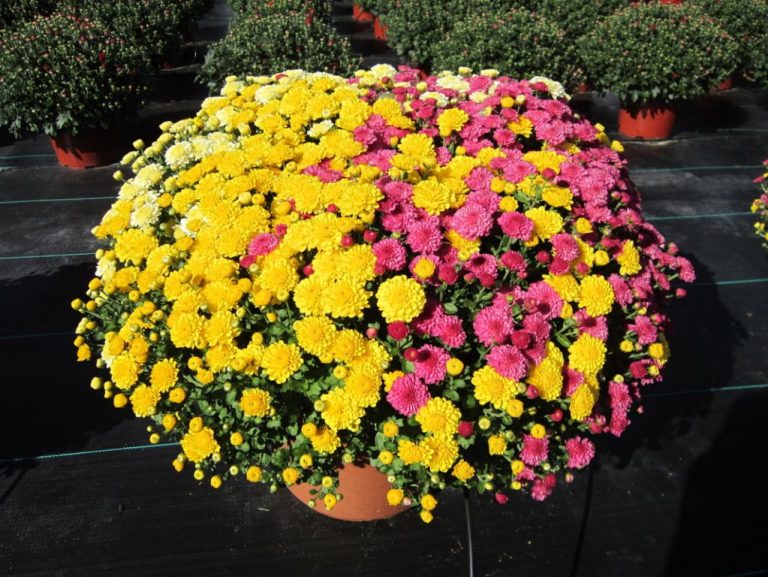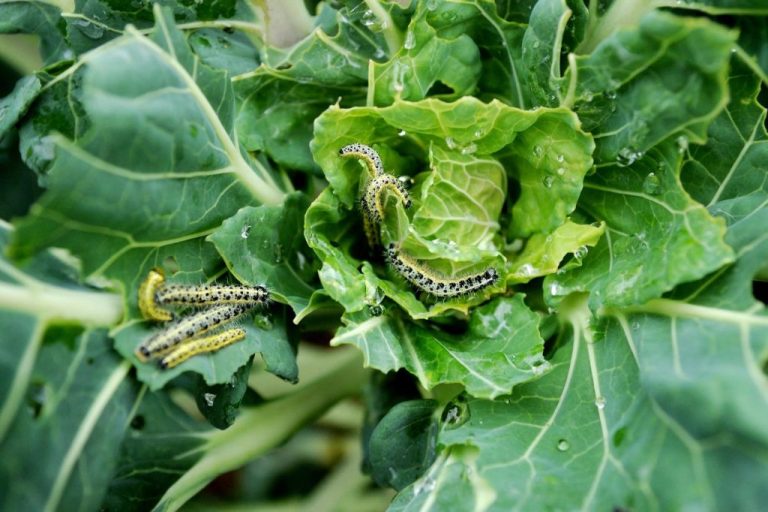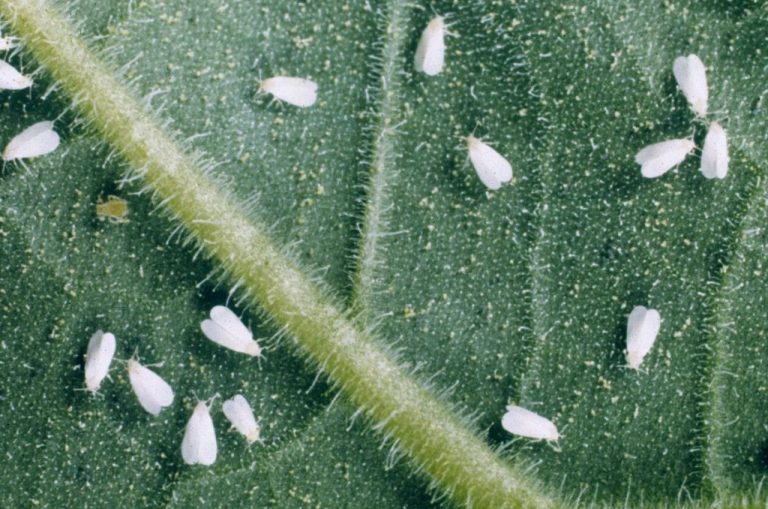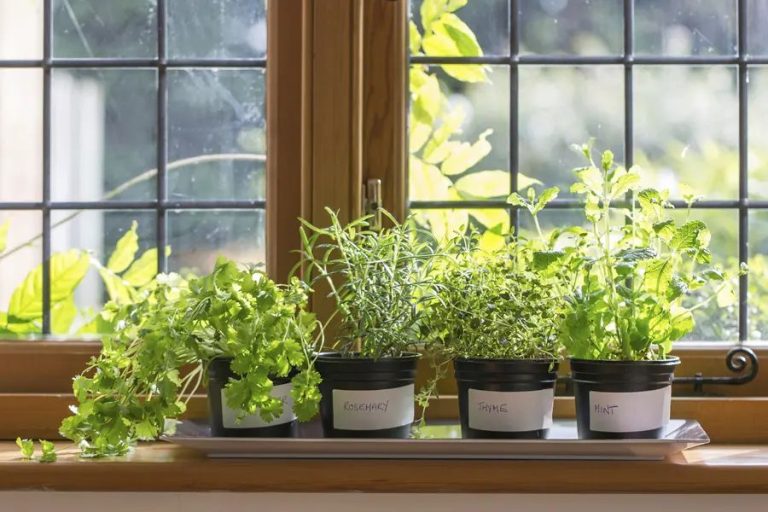Spring Gardening Tips: Preparing Your Garden For The Growing Season
Spring is the perfect time to start preparing your garden for the growing season ahead. Proper preparation will help ensure your plants thrive and your garden is a success. Taking time in early spring to assess and amend your garden’s soil, remove weeds and debris, prune overgrown plants, and install supportive structures will get your garden off to the best start.
Spring garden preparation allows you to correct any issues with drainage, nutrients, or pH balance in your soil before planting. It enables you to remove harmful weeds and disease-prone debris that could otherwise compete with or damage your vegetables and flowers. Early pruning shapes plants for optimal growth and health. And installing trellises, cages, and raised beds in advance provides plants the supportive environment they need to flourish.
With the right prep work, your garden will be primed for planting when the last frost passes and temperatures warm. The effort you put in now will be rewarded all season long with a vibrant, productive, and beautiful garden.
Assess the Soil
The spring is a perfect time to assess and prepare your soil before planting. A soil test will identify your soil’s pH and nutrient levels. Home test kits are available from gardening stores or local agricultural extension offices, making it easy to test your soil yourself. Follow the kit instructions to collect soil samples from several spots around your garden, mixing them together. Mail the samples to the lab and in a few weeks you’ll have recommendations for amending your soil.
In addition to testing, check for soil compaction by pushing a shovel into the ground. Compacted soils prevent proper drainage and root growth. Turn over compacted areas with a spading fork before planting. Work 2-3 inches of compost into the top 6-8 inches of soil to increase nutrition and improve texture. Compost enhances drainage in heavy clay soils and increases the water holding capacity of sandy soils.
Use the soil test results to determine if you need to adjust pH or add fertilizers. Follow the recommendations to create an optimal soil environment for your plants. Addressing soil issues now means your garden will thrive right from the start of the growing season.
Remove Weeds and Debris
One of the first steps in preparing your garden for spring is to remove any weeds, fallen leaves, branches, and other debris that may have accumulated over the winter. This allows you to start with a clean slate and removes potential hiding spots for pests. Use a hoe, rake or your hands to clear away dried plants and leaves from garden beds. Prune away any dead or damaged branches from trees and shrubs, as these can harbor disease. Discard plant debris or add it to your compost pile.
Once the garden bed is clear, it’s time to loosen up and aerate the soil. This can be done by hand with a shovel or garden fork, or using a powered rototiller. Turning and breaking up the top 4-6 inches helps provide a welcoming environment for roots to grow. It also mixes in organic material from the winter for better drainage and nutrition. According to the University of Illinois Extension, tilling in early spring when the soil is still slightly moist allows for larger soil aggregates to form.[1] Take care not to overwork the soil and cause excessive compaction.
Remove any remaining rocks or debris that was brought to the surface during tilling. Your garden beds are now cleared and aerated, providing an ideal base for new spring plantings.
Prune Trees and Shrubs
Pruning trees and shrubs in early spring helps promote growth by removing dead branches and shaping plants. According to Lowe’s, the general rule is to prune spring-flowering shrubs and trees right after the flowers fade. Summer-blooming trees and shrubs should be pruned in winter or early spring.
When pruning in spring, be sure to remove any dead or damaged branches, which can invite pests and disease. Make thinning cuts to open up dense growth and improve air circulation. According to This Old House, pruning in early spring gives plants time to heal cuts and form new buds before the main growing season.

Take care not to prune too heavily all at once. Stick to removing up to one-third of the plant to avoid shock. Focus on maintaining the natural shape and thinning inner branches to allow light and air to penetrate.
Plant Cool-Weather Crops
Some vegetables actually thrive in cooler spring temperatures, so take advantage of the milder weather to get these crops planted. Focus on hardy greens and peas at this time. According to Almanac, lettuce, spinach, and peas are excellent choices for planting in early spring.
Lettuce prefers temperatures between 45-75°F and grows quickly in cool conditions. Try sowing lettuce seeds or transplanting lettuce seedlings a few weeks before your last expected frost date. Leaf lettuce and romaine lettuce cultivars work well for spring planting.
Spinach also thrives in cool weather and can tolerate temperatures as low as 20°F. Direct sow spinach seeds in the garden as soon as the ground can be worked. Spinach grows rapidly in spring so you can expect quick harvests.
Peas are quite frost hardy and can be planted 4-6 weeks before last frost. Sow pea seeds directly in the garden 1-2” deep and provide trellising for vining varieties. Pick peas regularly to encourage ongoing production.
In addition to seeds, many garden centers sell starter plants for cool-weather veggies. Transplanting seedlings is an easy way to get lettuce, spinach, cabbage, and other hardy greens established quickly in early spring.
Prepare Raised Beds
Raised beds are an excellent way to maximize your garden space and ensure proper drainage. Prior to spring planting, inspect your raised beds and make any necessary repairs. Look for rotting or deteriorating wood and replace boards as needed. Use galvanized screws and brackets to strengthen the structure. Avoid treated lumber which can leach chemicals into the soil over time.
Fill your beds with a high-quality potting mix or garden soil blend. Avoid heavy clay soils which can become waterlogged. Aim for a loose, loamy soil mix that will provide drainage while retaining moisture and nutrients. Fill beds to within 2-3 inches of the top to allow room for mulch later on. Level and smooth the soil surface.
Install trellises, cages, stakes and other support structures that climbing plants like peas, beans, tomatoes and cucumbers will need later in the season. Get these in place now before plants start actively growing. Use sturdy materials that will withstand weather and not collapse onto tender seedlings.
Sharpen Tools
Sharp tools are essential for a productive spring garden. Dull blades tear plant tissue rather than providing clean cuts, causing more stress and potential disease issues for plants. Be sure to sharpen pruners, loppers, hoes, and any other cutting tools before the growing season. According to the University of Nebraska-Lincoln Extension, “Sharp pruning tools will cut with less effort and the clean cuts promote faster plant healing.”1
When sharpening, secure the tool firmly and use a proper sharpening stone or file. Make sure to sharpen the beveled blade edge, not the flat side. For bypass pruners, ensure both blades are equally sharp. Give special attention to the tips of blades and points on tools like hoes or cultivators. Once sharpened, disinfect your tools with a 70% alcohol solution to prevent the spread of disease between plants.
Install Structures
Structures such as trellises, stakes, cages and paths can be installed in early spring to support plants and improve garden design. Trellises made of wood or metal provide vertical support for vining crops like beans, cucumbers and tomatoes. Short plant stakes help stabilize tall flowers and keep them upright. Wire tomato cages contain sprawling tomato plants and keep fruits off the ground. Hardscape materials like bricks, pavers or gravel can be used to create garden paths between beds and sitting areas for enjoying your garden. According to Garden Building UK, planning the layout before installation ensures structures are functional and aesthetically pleasing.
Apply Pre-Emergent Herbicide
Applying a pre-emergent herbicide before weeds sprout is a key step for spring garden preparation. Pre-emergent herbicides create a chemical barrier that prevents weed seeds from germinating and emerging. They target weeds like crabgrass and dandelions before they have a chance to establish in your garden beds and lawn.
Pre-emergent herbicides work by inhibiting cell division and growth in newly sprouting weed seeds. When applied correctly in early spring, the herbicide absorbs into the soil where it remains active for several weeks to months. As weeds attempt to germinate, the herbicide stops their growth so they cannot fully emerge.
It’s crucial to apply pre-emergent herbicides very early in spring, before soil temperatures reach 55°F. This timing targets weeds just as they are about to sprout from seeds. Late application of pre-emergent can be ineffective. Check product labels for the ideal soil temperature range for application.
Take care when using pre-emergent herbicides around wanted plants. Some products may inhibit growth of desirable seeds and transplants if applied directly over their root zones. Read labels carefully and avoid spraying near vegetable seeds or new plantings. With proper timing and application, pre-emergent herbicide provides effective early season weed control.
Source: https://www.domyown.com/why-apply-preemergent-herbicides-in-the-spring-a-702.html
Conclusion
Preparing your garden for the growing season is an important process to ensure you have a successful harvest. Spring gardening requires planning and preparation starting in the winter. By taking the time to assess and amend your soil, remove debris, prune plants, install structures, and apply pre-emergent herbicides, you set up optimal conditions for your fruits, vegetables, and flowers to thrive.
Adequate planning and preparation allows you to correct any issues with drainage, soil nutrition, or pest control. It also enables you to decide which plants to grow and where to place them for ideal sunlight and space requirements. Investing work in your garden now pays off exponentially when you have healthy, abundant plants in the months to come.
With the key steps covered in this guide, your garden will be off to a vigorous start when spring planting season arrives. The diligence devoted early in the year results in a lower maintenance, weed-free, and vibrant garden. Don’t let the cooler temperatures fool you – now is the perfect time to get outside and prepare your garden for the bounty ahead.






